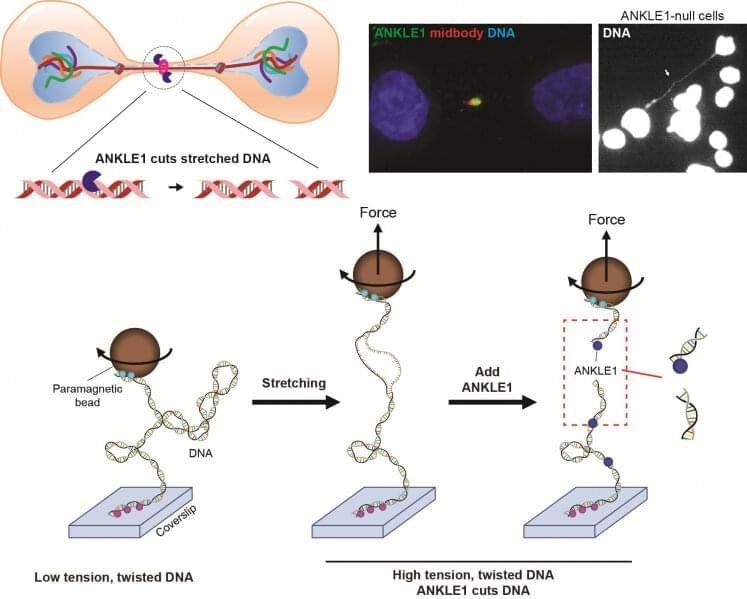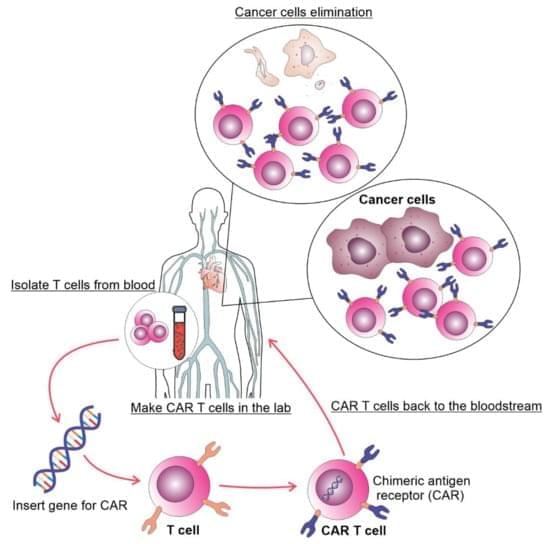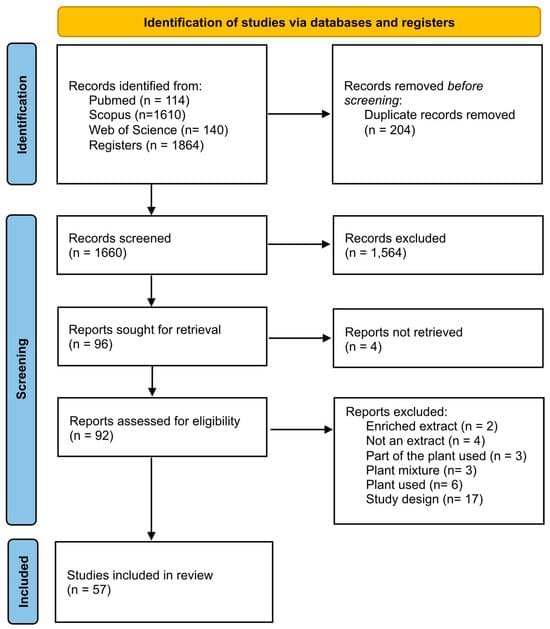An international research team has identified a human protein, ANKLE1, as the first DNA-cutting enzyme (nuclease) in mammals capable of detecting and responding to physical tension in DNA. This “tension-sensing” mechanism plays a vital role in maintaining genetic integrity during cell division—a process that, when disrupted, can lead to cancer and other serious diseases.
The study, titled “ANKLE1 processes chromatin bridges by cleaving mechanically stressed DNA,” published in Nature Communications, represents a major advance in the understanding of cellular DNA protection.
The research was conducted through a cross-disciplinary collaboration between Professor Gary Ying Wai Chan’s laboratory at the School of Biological Sciences, The University of Hong Kong (HKU) and Dr. Artem Efremov’s biophysics team at Shenzhen Bay Laboratory (SZBL), with additional contributions from researchers at the Hong Kong University of Science and Technology (HKUST) and the Francis Crick Institute in London.








